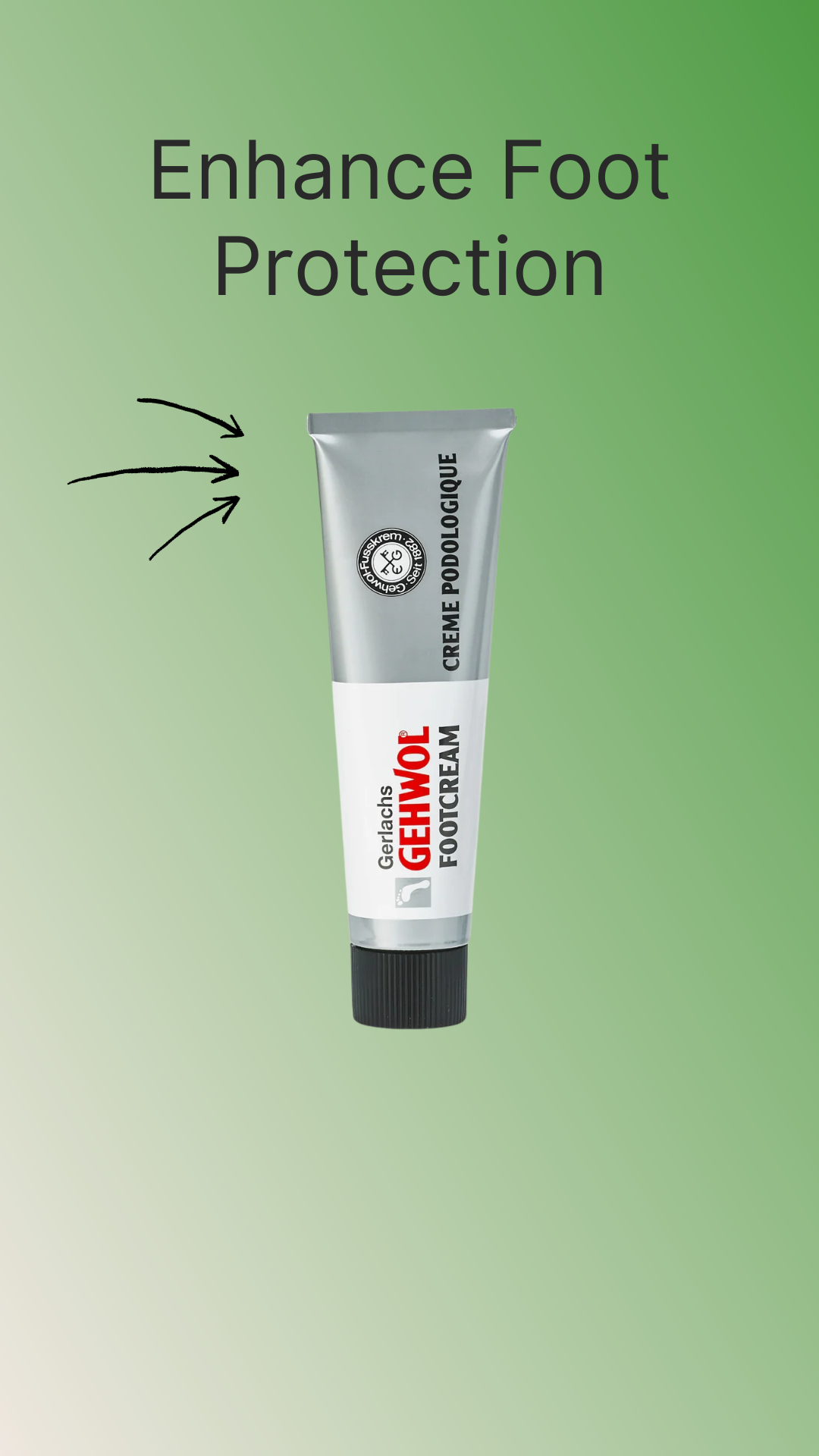Introduction
When it comes to walking, no two people move exactly the same way. Some walk with a neutral gait, where the foot rolls naturally. Others experience overpronation (rolling inward too much) or supination (rolling outward). These variations in foot mechanics affect not only comfort but also long-term joint health.
Many people in the UK suffer from foot, ankle, knee, or back pain without realising that gait mechanics—and footwear—may be the root cause. The right shoes can support the way your feet move, reduce pain, and prevent injury. The wrong shoes, however, can make problems worse.
In this guide, we’ll break down the differences between neutral gait, overpronation, and supination, explain how to identify them, and show how orthopedic shoes can make every step safer and more comfortable.
What Is a Neutral Gait?
Definition
A neutral gait occurs when the foot strikes the ground evenly, with the heel and midfoot absorbing shock, and the toes pushing off smoothly.
Benefits
-
Even distribution of weight.
-
Lower risk of injury.
-
Balanced posture and alignment.
Shoe Features for Neutral Gait
-
Standard orthopedic shoes with cushioning and stability.
-
Lightweight construction for comfort.
-
Breathable materials for all-day wear.
What Is Overpronation?
Definition
Overpronation happens when the foot rolls inward excessively, flattening the arch and putting strain on the ankles and knees.
Risks
-
Plantar fasciitis.
-
Shin splints.
-
Bunions and hammertoes.
-
Knee and hip pain.
Shoe Features for Overpronation
-
Firm arch support.
-
Wide, stable soles.
-
Rocker soles to encourage smooth gait.
-
Cushioned insoles for shock absorption.
What Is Supination (Underpronation)?
Definition
Supination is the opposite problem, where the foot rolls outward. This reduces natural shock absorption and puts strain on the outer foot and ankle.
Risks
-
Frequent ankle sprains.
-
Heel and arch pain.
-
Stress fractures.
-
Knee and hip misalignment.
Shoe Features for Supination
-
Cushioned midsoles.
-
Wide soles for balance.
-
Firm heel counters.
-
Rocker soles for smoother walking.

Everyday Benefits of the Right Shoes for Your Gait
-
Pain relief: Reduced stress on feet and joints.
-
Better posture: Proper alignment prevents knee, hip, and back issues.
-
Improved mobility: Comfortable shoes encourage walking and activity.
-
Injury prevention: Correct support lowers risk of sprains and overuse injuries.
-
Confidence: Supportive footwear makes daily life easier and safer.
How to Identify Your Gait
-
Footprint Test: A flat footprint may suggest overpronation, while a narrow footprint often indicates supination.
-
Shoe Wear Patterns: Excess wear on the inside edge suggests overpronation; outside wear suggests supination.
-
Professional Assessment: Podiatrists and orthopedic specialists can provide gait analysis for accuracy.
FAQ – Gait & Shoes
Q: Can footwear fix my gait?
A: Shoes can’t change your biomechanics permanently but can support your natural movement and prevent pain.
Q: Do I need custom orthotics for pronation issues?
A: Some people benefit from them, but supportive orthopedic shoes often provide significant relief on their own.
Q: Can gait issues cause back pain?
A: Yes, misalignment in the feet affects the entire kinetic chain, leading to knee, hip, and back discomfort.
Q: Are rocker soles useful for all gait types?
A: Yes, rocker soles encourage smoother walking transitions for neutral, pronated, and supinated gaits.
Final Thoughts
Understanding whether you have a neutral gait, overpronation, or supination is key to choosing the right footwear. The best shoes in the UK provide arch support, cushioning, and stability tailored to your foot mechanics.
For those with pronation issues, orthopedic shoes are not just about comfort—they’re an investment in long-term joint health, injury prevention, and mobility. With the right support, every step becomes easier, safer, and more enjoyable.



